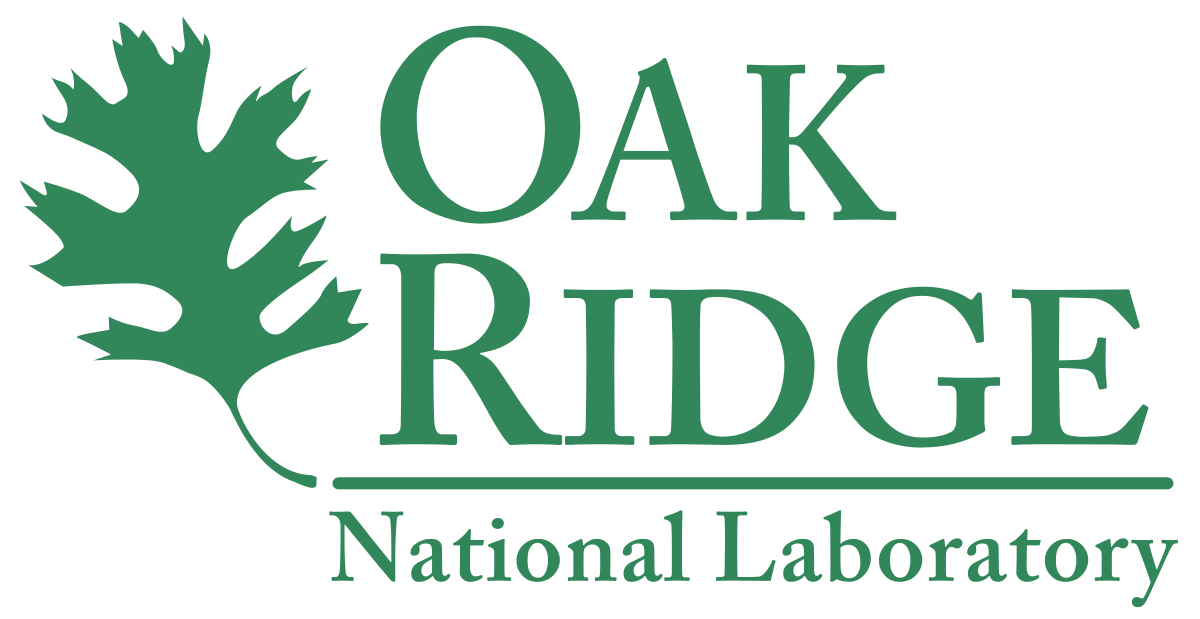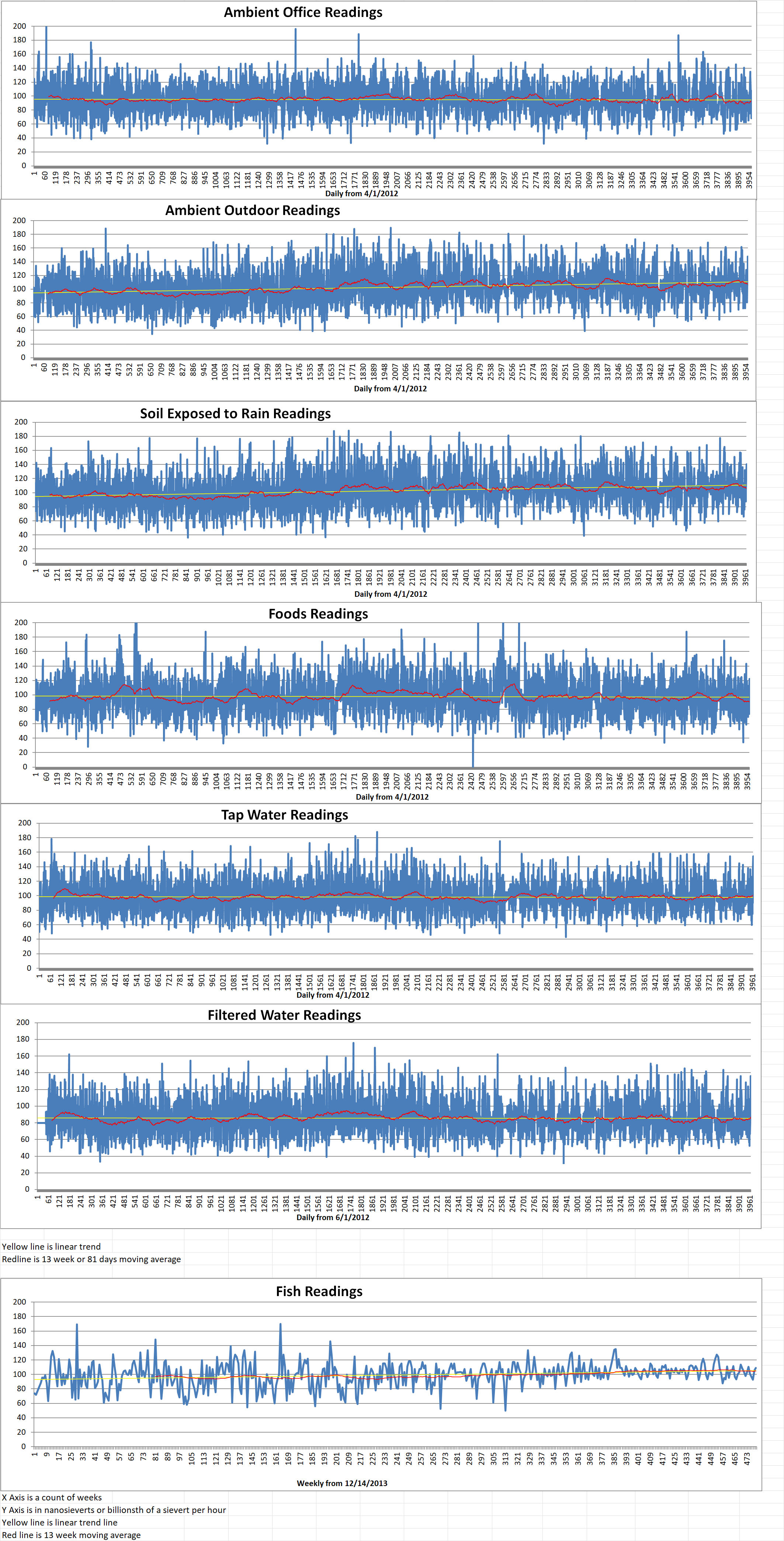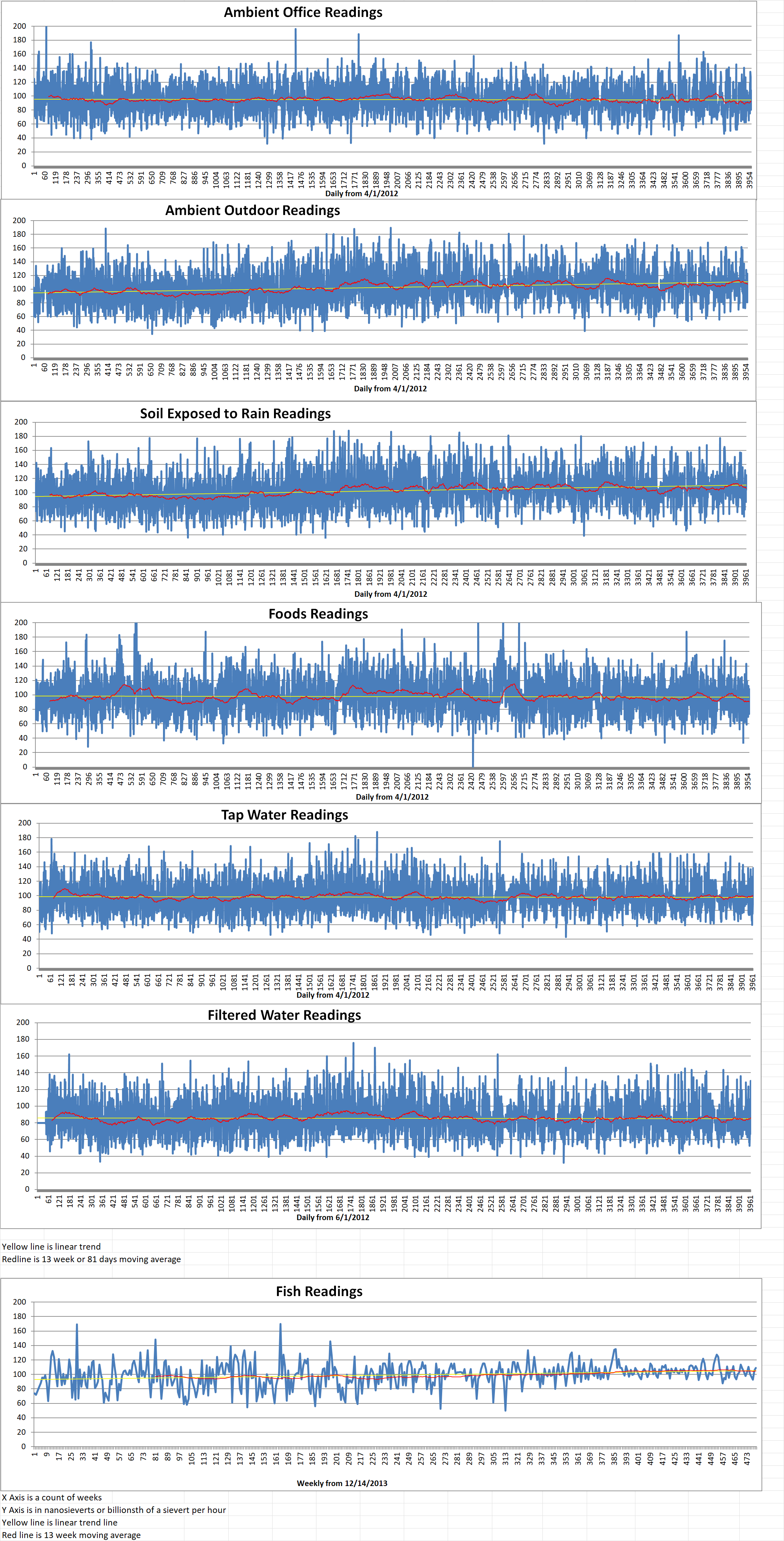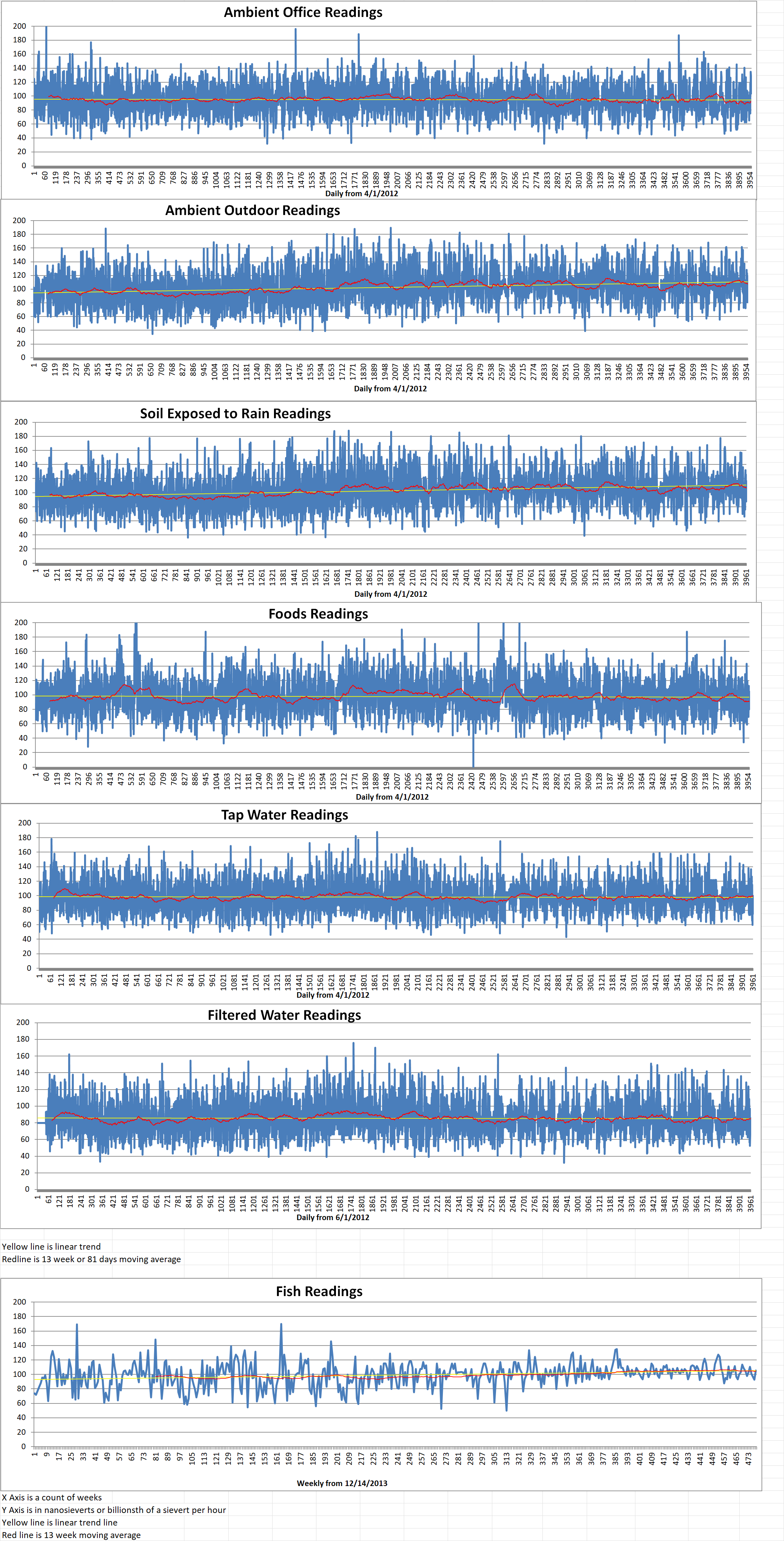Part 2 of 2 Parts (Please read Part 1 first)
Michael Smith is a nuclear space systems engineer at ORNL and a member of the development team for the new AR system. He said that the team envisioned three applications for the ORNL. These three uses are listed below.
The new AR system can be used for routine radiological surveys by the radiological control technician when the radiation source location is known. The AR system can both simulate real-time detectors measurements and record data from actual occupational use by personnel regularly engaged in radiation surveys.
The new AR system can be used for cases in which the radiation source locations is unknown to take real-time detector data, map the location of personnel, and rapidly communicate visual spatial radiation data to individuals or to groups of radiological personnel in search of an unknown radiation sources.
The new AR system can be used to train radiological workers who are in similar radiation environment daily but may have limited knowledge about the spatial characteristics of the hazards of known sources.
Teletrix produces its own products that are used by utilities, emergency response organizations, and government agencies. According to ORNL the lab is one of its customers. One of Teletrix’s products is VIZRAD. It is a virtual reality software system that simulates contamination on individual and workspaces. It can be used to train a user to properly scan someone with a detector by providing objective feedback on technique.
Jason O’Connell is the sales and business development manager for Teletrix. He said, “When I put the AR glasses on, it was obvious that ORNL’s technology and Teletrix’s tools were a great fit. Through the headset and the AR technology, we have the ability to track a person’s exact location within a room and inject source information into the room. . . . Having much more realistic readings on your instruments leads to better-prepared employees, better prepared trainees, fewer incidents—this technology will help make people in this industry safer.”
According to the ORNL development team, performance data collected from about forty participants indicated that “statistically significant behavioral changes after minimal training with AR representations of radiation fields.” ORNL staff experimentally validated the method of coupling AR technologies with accurate measurements in a study using cesium-137 in ORNL’s Nuclear Radiation Protection Division demonstration facility.
As AR glasses become more sophisticated and cheaper, they will be adopted more widely, especially for industrial applications. In addition to uses for radiation monitoring, any detection system for environmental factors that has sufficient granularity could be displayed in AR. Thermal monitoring would be a possible candidate for this application. A monitoring system that employed a large number of screens to display information would definitely benefit from AR adoption. Instead of the expense of purchasing, installing, and maintaining a large number of conventional computer displays, those same images could be displayed with AR glasses much more cheaply and easily. Workers at a nuclear power plant could have access to important monitoring systems anywhere in the plant instead of being required to be in the control room.
Blog
-

Nuclear Reactors 1218 – Oak Ridge National Laboratory Is Working On An Augmented Reality System To Allow Workers To See Zones Of Radiation – Part 2 of 2 Parts
-
Nuclear News Roundup May 09, 2023
Westinghouse Partners with Dominion Energy to Further Modernize Virginia Nuclear Power Plant with Advanced Equipment tullahomanews.com
Staff car park unveiled as Canadian MMR’s planned location world-nuclear-news.org
The looming uranium shortage axios.com
NuScale SMR simulator opens in Romania world-nuclear-news.org
-

Geiger Readings for May 09, 2023
Ambient office = 68 nanosieverts per hour
Ambient outside = 148 nanosieverts per hour
Soil exposed to rain water = 140 nanosieverts per hour
Green onions root from Central Market = 122 nanosieverts per hour
Tap water = 155 nanosieverts per hour
Filter water = 136 nanosieverts per hour
-

Nuclear Reactors 1217 – Oak Ridge National Laboratory Is Working On An Augmented Reality System To Allow Workers To See Zones Of Radiation – Part 1 of 2 Parts
Part 1 of 2 Parts
Augmented reality is a term that refers to the addition of computer-generated objects to the field of view of a person wearing special glasses that project images into their eyes. Along with virtual reality, AR has received a lot of attention in the technology press recently. While many uses have been suggested for AR systems, one use with great potential is industrial applications. Boeing has been using a system for years that allows a technician installing wiring in their passenger jets to see an image of the correct positioning of the wires in their field of view.
Researchers at Oak Ridge National Laboratory (ORNL) have developed a method of using AR to create accurate visual representation of ionizing radiation. The new technology has just been licensed by Teletrix, a Pittsburg, Pennsylvania based company that develops simulators to train radiological workers and radiological control technicians. ORNL announced the news of their work on May 4th.
A staff team at ORNL originally created an application called Virtual Interaction with Physics-enhanced reality (VIPER). Utilizing simulated radiation data and a gaming platform, the new technology divides a physical space into cubes. Each cube has a volumetric value of ionizing radiation by dose. That data is used to create a 3D image of gradient contours that is overlaid on a real-world view through the use of an AR headset. A person wearing the AR headset can move through a physical space with visual awareness of the contours of radiation. As they move, the device can calculate simulated, real-time exposure based on their movements. Last year, ORNL posted a video that demonstrates the use of the new technology in a laboratory setting.
Michael Smith is a nuclear space systems engineer at ORNL and a member of the development team for the new AR technology. He said, “We combined physics-based data with a gaming interface that provides a visual platform to make something invisible look and feel real—we took science and cinematography and brought them together.”
The AR development team includes ORNL’s Noel Nelson and Douglas Peplow of the Nuclear Energy and Fuel Cycle Division and former ORNL researchers M. Scott Greenwood and Nicholas Thompson. Originally, the AR project began as a one-year seed project funded under ORNL’s Lab Directed Research and Development program. The Nuclear and Radiological Protection Division of ORNL provided significant support.
Smith said “When it comes to training with ionizing radiation, [AR] is a superior and safer solution. Our team was at the right place at the right time to develop this technology. There was a synergy of hardware and software maturity coupled with an idea that’s been around a long time—the need to see ionizing radiation.”
Smith added that “Just by having a general impression of the spatial relationship of your body in a given radiation environment, you can decrease your overall dose based on really fundamental behavioral change. We can’t see ionizing radiation, so you just walk right through it. But once you have seen what the radiation in your working environment looks like, you can’t unsee it. AR provides a means to train people to have a better visceral understanding of how ionizing radiation behaves.”
Please read Part 2 next -

Geiger Readings for May 08, 2023
Ambient office = 108 nanosieverts per hour
Ambient outside = 122 nanosieverts per hour
Soil exposed to rain water = 125 nanosieverts per hour
English cucumber from Central Market = 108 nanosieverts per hour
Tap water = 138 nanosieverts per hour
Filter water = 130 nanosieverts per hour
-
Nuclear News Roundup May 07, 2023
SMR shows promise for campus use, study finds world-nuclear-news.org
Framatome awarded Ringhals modernization contracts world-nuclear-news.org
Xudabao 3 vessel passes hydrostatic tests world-nuclear-news.org
AFCONE and STUK collaborate on nuclear safeguards in Africa world-nuclear-news.org
-

Geiger Readings for May 07, 2023
Ambient office = 81 nanosieverts per hour
Ambient outside = 107 nanosieverts per hour
Soil exposed to rain water = 104 nanosieverts per hour
Tomato from Central Market = 74 nanosieverts per hour
Tap water = 90 nanosieverts per hour
Filter water = 82 nanosieverts per hour
-
Nuclear News Roundup May 06, 2023
US support for nuclear power soars to highest level in a decade grist.org
Japan, S.Korea eye visit by experts as Fukushima nuclear plant prepares water release English.alarabiya.net
Pentagon Leaders Reiterate US Policy To Deny Iran Nuclear Weapons iranintl.com
Federation of Korean Industries calls for Korea-US SMR alliance neimagazine.com
-

Geiger Readings for May 06, 2023
Ambient office = 104 nanosieverts per hour
Ambient outside = 119 nanosieverts per hour
Soil exposed to rain water = 116 nanosieverts per hour
Red bell pepper from Central Market = 104 nanosieverts per hour
Tap water = 94 nanosieverts per hour
Filter water = 84 nanosieverts per hour
Dover Sole from Central = 109 nanosieverts per hour
